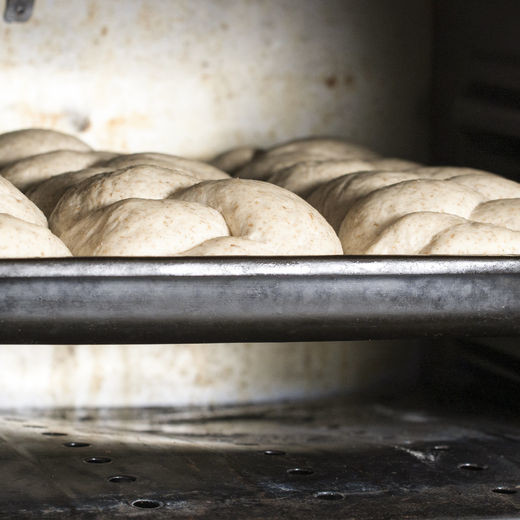
When you measure relative humidity (RH), you’re gauging the moisture in the air. The higher the RH%, the more moisture is out there. While you may be sick of humidity this time of year, it’s a very, very important part of baking. Done right, it works wonders on product consistently and quality.
Why is it so important?
The amount of vapor, or humidity, in the air impacts baking time by slowing moisture evaporation and gluten coagulation in the crust. The wrong ratio, and your product will be tough and overdone. Relative humidity needs to be measured during every step of the baking process!
How do you measure relative humidity?
Thankfully, there are inexpensive instruments that read both relative humidity and temperature. They can:
- Render real time display
- Work in proofers, dough and mixing rooms
- Log data over time, helping you analysis and adjust over time
What about wet bulb/dry bulb measurements? Learn about those methods.

